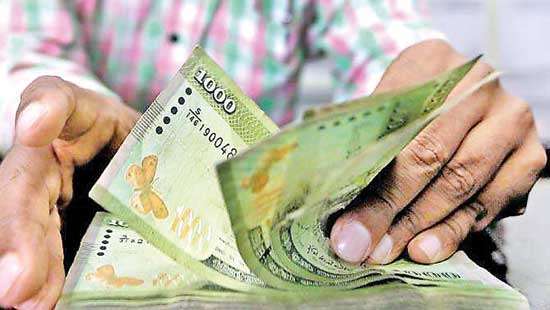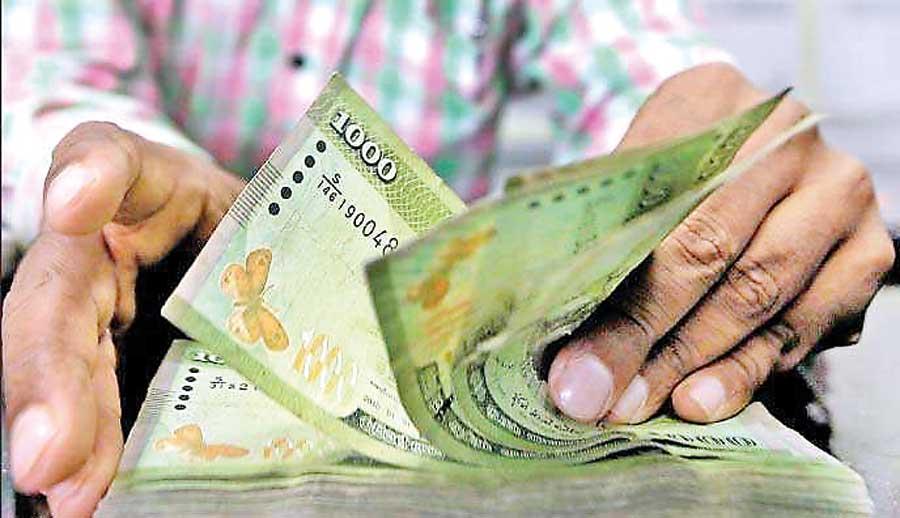Reply To:
Name - Reply Comment


Sri Lanka’s private credit fell again in November for the sixth consecutive month, reflecting the deepening contraction seen in banks’ books in 2022 as they closed their lending spigots to limit the fallout coming from the worst economic crisis.
Licensed commercial banks saw their outstanding private sector credit falling by Rs.30.9 billion in November adding to the months-long decline, which set off after interest rates were raised to exponential levels to tamp down prices which shot up to hyperinflationary levels.
With the November data, the total outstanding private sector credit in the commercial banking sector stood at Rs.7,499.2 billion compared to Rs.6,981.4 billion at the end of December 2021.
The one-off impact came from the collapse of the rupee against the dollar in March as it gave a sudden boost to the rupee value of the dollar denominated assets of banks as banks converted their dollar assets using the devalued rupee, negating the impact from the continuous decline in the private sector credit seen in last six months.
Therefore, the total outstanding private credit in November still reflects an 8.4 percent increase from a year ago.
The pace of the growth in private sector credit is an important barometer to gauge the health of the economy, and its continuous decline corresponds to a teetering economy where the businesses and individuals have virtually stopped borrowings.
Businesses and households borrow for investments, business expansion, housing, auto loans and consumption. But, all these activities came to a standstill from the start of the year when the economy came crashing down exhausting all its external reserves causing endless shortages for fuel and other essential commodities and causing power cuts which continue to-date.
As the rupee collapse caused the current bout of red-hot inflation, the Central Bank raised its interest rates at the fastest pace on record to crush demand and thereby bring inflation under control.
But, the process added enormous stress to borrowers who were bruised and weaker from two years of the pandemic.
This prompted banks to raise their interest rates in tandem to policy rates and tighten their credit standards, nearly bringing the demand for credit to a standstill.
However, coming into 2023, the Central Bank took certain measures by way of putting restrictions on banks’ access to its standing facility windows for their liquidity requirements and thereby to add a downward pressure on short-term rates. If it turns out to be successful, it could propel some level of growth in credit before the rates could further come down from a potential pivot by the Central Bank to cut key rates which is expected towards the first half of this year.
But, some are of the view that any rate cuts won’t happen until the country’s US$ 2.9 billion International Monetary Fund package receives Board level approval, which is expected towards the second quarter of this year.